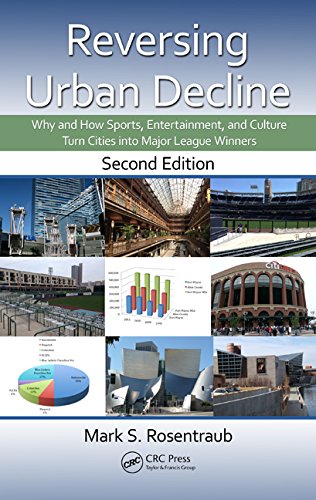

Most ebook files are in PDF format, so you can easily read them using various software such as Foxit Reader or directly on the Google Chrome browser.
Some ebook files are released by publishers in other formats such as .awz, .mobi, .epub, .fb2, etc. You may need to install specific software to read these formats on mobile/PC, such as Calibre.
Please read the tutorial at this link. https://ebooknice.com/page/post?id=faq
We offer FREE conversion to the popular formats you request; however, this may take some time. Therefore, right after payment, please email us, and we will try to provide the service as quickly as possible.
For some exceptional file formats or broken links (if any), please refrain from opening any disputes. Instead, email us first, and we will try to assist within a maximum of 6 hours.
EbookNice Team

Status:
Available0.0
0 reviewsDetroit’s bankruptcy is the most severe example of the financial implications of the movement of wealth to the suburbs. When residents and businesses leave, central cities have a disproportionate share of most regions’ lower-income households. At the same time, many central cities collect less revenue as states cut financial support. So, we are left with the question: can central cities change patterns of economic activity? In Reversing Urban Decline: Why and How Sports, Entertainment, and Culture Turn Cities into Major League Winners, Second Edition author Mark Rosentraub details how central cities facing increasing levels of economic segregation can use new urban areas anchored by sports venues to enhance their financial position.
See What’s New in the Second Edition:
Rosentraub anchors the book more closely in the center of the debate on urban revitalization, the financial issues facing central cities, and the ways in which public leaders can respond to the economic segregation developing between central cities and their suburban areas. That disparity is reducing the taxes that central cities receive, reducing their ability to provide the services residents need.
Rather than just provide us with a brief escape from our problems, sports and entertainment, with the right leadership, can create opportunities for our cities to reinvent and reinvigorate themselves. Placing sports as one of the central elements to revitalize urban centers, this book uses several case studies to develop a set of rules to help cities plan for the effective use and returns from their investments in sports, entertainment, and cultural centers.